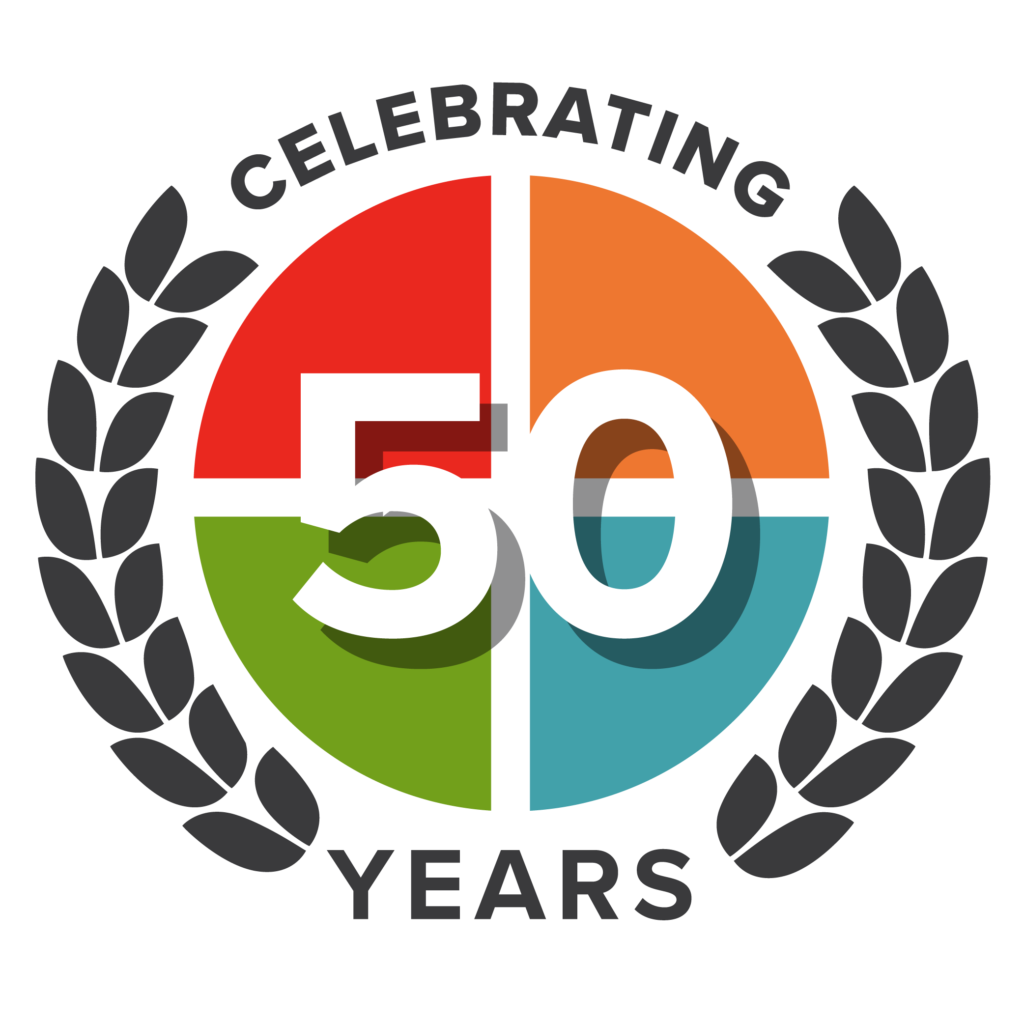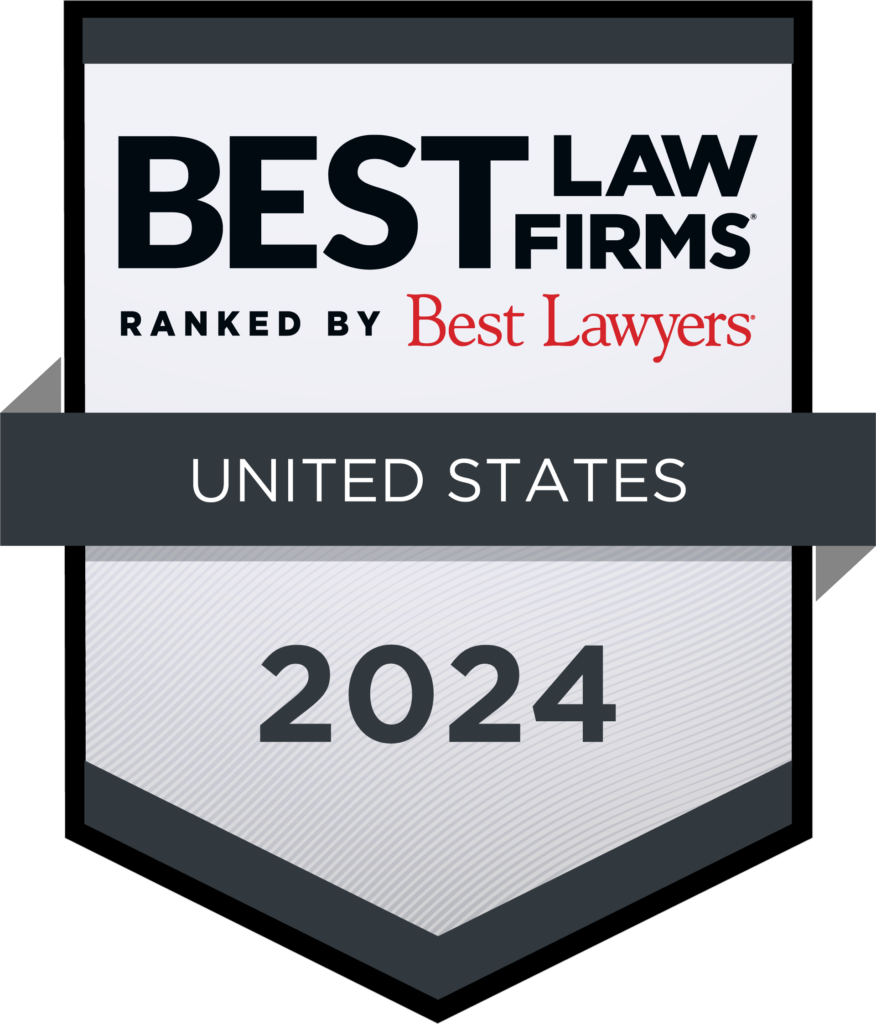When filing an application with the United States Patent and Trademark Office (USPTO) to register a trademark you wish to sell products under, correct identification of goods and services is essential, not only for approval to register the mark, but also to help prevent infringement on your intellectual property by competitors. Trademark applications must be broad enough to cover all possible use cases of your good or service, but also narrow enough to ensure that the trademark protects your specific product under your particular mark. In this article, we will explore how to identify the goods or services in a trademark application, as well as how to think about classifying products under your trademark.
Avoiding Issues In Your Trademark Application
The simplest ways to avoid issues in your trademark application, or a possible Office Action during the USPTO trademark registration process, is to be as accurate and descriptive as possible in the application itself, which must include a list of all goods or services you intend to sell under the mark. While the number and classes of products you may include in any application is essentially unlimited, filing fees may increase with the number of goods and services you include.
If you are only registering one product class, for example “clothing” or “software,” you will pay one filing fee, but you must pay an additional fee for each additional product class. You may include as many products under a single class as you like, but keep in mind that extensive lists may slow or complicate the process after your application is filed.
The USPTO prefers that applicants use their own pre-approved descriptions of goods as much as possible to aid in processing applications. Accordingly, the office publishes a searchable Trademark ID Manual that you can use to gather standardized product descriptions. You may draft your own descriptions, but keep in mind that non-standard descriptions may cause issues with the application and include higher government filing fees.
What Qualifies as Goods & Services?
Everything you include in your trademark application must fall under any of the 45 internationally recognized trademark classes for goods and services. The full list of these classes was originally defined by the World Intellectual Property Organization (WIPO) under the 1957 NICE international agreement, and can be found in the USPTO’s Trademark Manual of Examining Procedure, or TMEP.
Trademark classes help the USPTO to organize goods or services in trademark applications, assess fees for particular classes, and help them compare your trademark against their database of registered and pending trademarks. Each type of product is assigned an international class number from 1 to 45, with extensive lists of items under each, but both goods and services fall under different individuated classes.
How to Identify Goods and Services Properly
In the process of reviewing your application, the USPTO will compare your product descriptions to other trademark registrations and pending applications to determine if your mark conflicts with any others. You can head off any potential conflicts by running your own preliminary search, known as a “clearance search,” using the USPTO Trademark Electronic Search System (TESS), an open, searchable database of registered trademarks and pending registrations. You may have issues with your application if a trademark already registered or pending is:
- Similar to your trademark
- Used for related products or services
- Live (actively in use)
The USPTO considers that there is a “likelihood of confusion” on the part of the public between different trademarks if they meet all three of the above criteria, which will prevent your trademark from being registered. However, searching the USPTO database is only one part of a comprehensive clearance search, as there may be trademarks not in their database which have existing rights over your own in other jurisdictions, such as other states or countries.
Any non-standard descriptions or products that fall outside their accepted international class will be flagged for further review, and may result in rejection of your application. Also, products in one class may overlap with those in a different class. For example, the patent office may reject a trademark for a clothing product because the mark is too similar to one already registered for a clothing printing or manufacturing service.
Sometimes your products fall under multiple class designations by their very nature. For example, a piece of software that users both download onto their computer (a Class 9 “good”) which also has features that access software running on your servers in a different location (a Class 42 “service”). In that case, your trademark application should indicate that the mark covers both goods and services under Class 9 as well as Class 42.
Describing Your Goods or Services You Offer In Basic Terms
The most effective strategy to achieve a successful registration is to have product identifications and descriptions that use clear, concise terms that the layperson or member of the general public would easily understand, which accurately and thoroughly describe your products. Don’t use vague terms like “miscellaneous goods” in your application, which would likely lead to rejection.
However, it isn’t necessary to be overly specific in product descriptions. Your goods or services should be described well enough to give the trademark application examiner a clear idea of the type of product being sold without having to get into the nitty gritty of materials, manufacturing processes, or other fine details. For example, if you are selling “black short-sleeved t-shirts”, you can describe them simply as “t-shirts”, “shirts”, or “tops as clothing”, all three of which are acceptable and sufficiently detailed as far as the USPTO is concerned.
Be Realistic
Already existing trademarks may have legal protection beyond that afforded to the particular classes in which they are registered, such as in the case of famous marks, or marks which have been on the market for some time, and are well known to the public. Remember, the intent of trademark registration is to prevent confusion on the part of the public between similar products. The purpose of a trademark is to indicate the source of a particular good or service. If someone were to attempt to register a famous mark for a different product class, for example, selling chocolate bars under the brand Nike, the public may incorrectly assume that the Nike clothing company is expanding into the chocolate business.
Understand The USPTO’s Technical Language Requirements
While you are certainly free to conduct your own clearance search prior to filing an application for trademark registration, there may be existing or pending marks in other databases and jurisdictions which you’re not aware of, and other types of legal protections which could hamper or prevent your registration. Talk to one of our experienced, knowledgeable patent and trademark lawyers to find out how they can help you to succeed in registering your trademark. Book a consultation or get in touch today!
About the Author
Matthew McKinney practices in all areas of intellectual property, representing a wide range of clients in connection with the acquisition, transfer, enforcement, and defense of their intellectual property rights.

Share This



